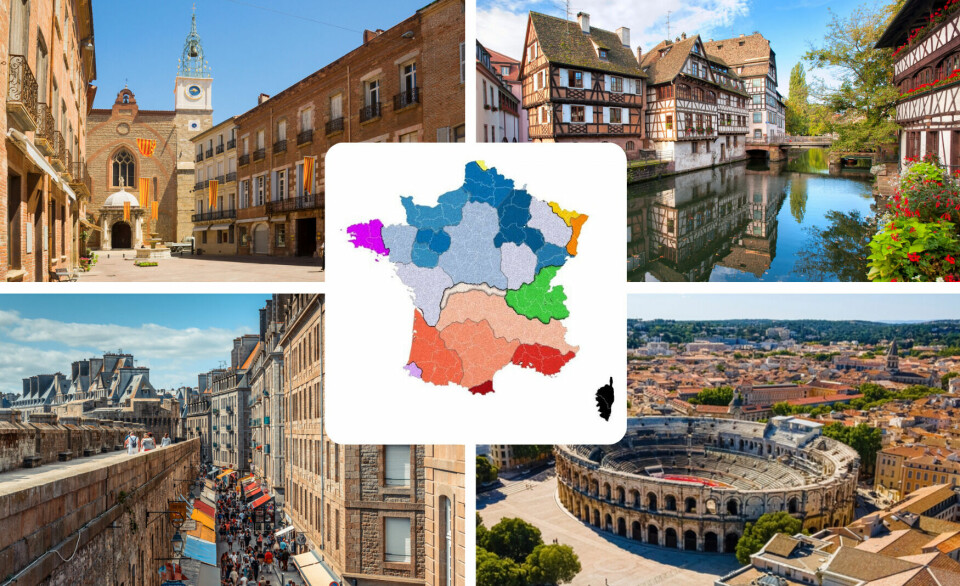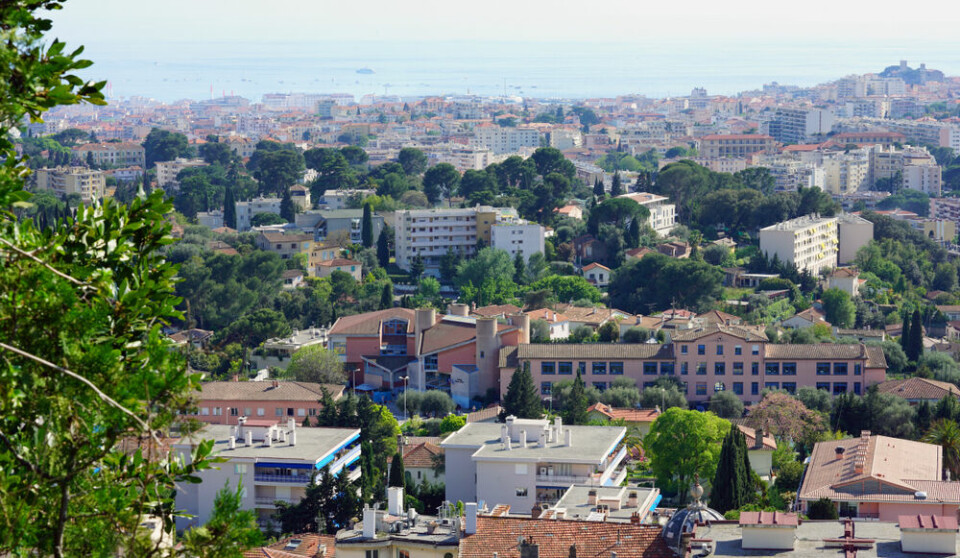-
New UK/France border checks: visas, residency cards and which queues?
The Entry/Exit System does not concern everyone, but the delays it causes might
-
Platisme, masculinisme: The French words added to Larousse dictionary
The 2025 edition includes some words that come straight from English, as well as many environment-related terms
-
Reopening of France’s A13 motorway delayed as new cracks discovered
Traffic built up on neighbouring roads - but the empty lanes were not completely deserted…
Rare ‘super blood Moon’
A spectacular lunar eclipse will be visible for (very) early risers this weekend - it will not be seen again until 2033
A ‘SUPER Moon’ followed by a total lunar eclipse – a phenomenon that will not occur again until 2033 – is set to take place during the night from Sunday to Monday.
Those who get up early enough to catch the event will see the Moon looking exceptionally large and luminous before it is swallowed up by Earth’s shadow cast on it.
It will then appear with a red tint, known as a ‘blood Moon’, as only red light reaches it, a phenomenon which is common during a total lunar eclipse.
Experts say that because the Moon will be at its closest point to Earth it will be looking 14% larger and 30% brighter than usual.
They say there is no danger from observing the phenomenon, including through binoculars or telescopes.
The timetable will be roughly as follows, with some variation around France:
• 3.07 – a dark disc of shadow starts to cover the Moon
• 4.11 – the total eclipse phase starts; the Moon is completely in shadow and looks red
• 4.47 – the eclipse is at its peak
• 5.23 – the total eclipse starts to fade, a bright edge spreading across
• 6.27 – the Moon is out of the shadow and back to normal
However you may also wish to look out for the Moon when it rises in the early evening, as its size will be most noticeable when it appears closer to the horizon or to objects on the Earth.
The last time a super Moon and a total eclipse were visible together was in 1982.
The Association Française d’Astronomie is holding events to observe it, including at Parc Montsouris in Paris’s 14th arrondissement at 3.30am – with free tea and coffee to help people stay awake. More details at Astronomy.
Photo: Association Française d'Astronomie























